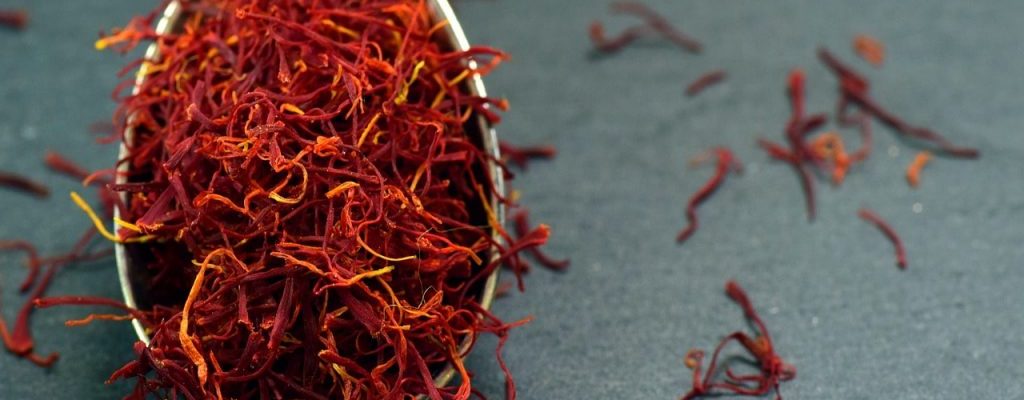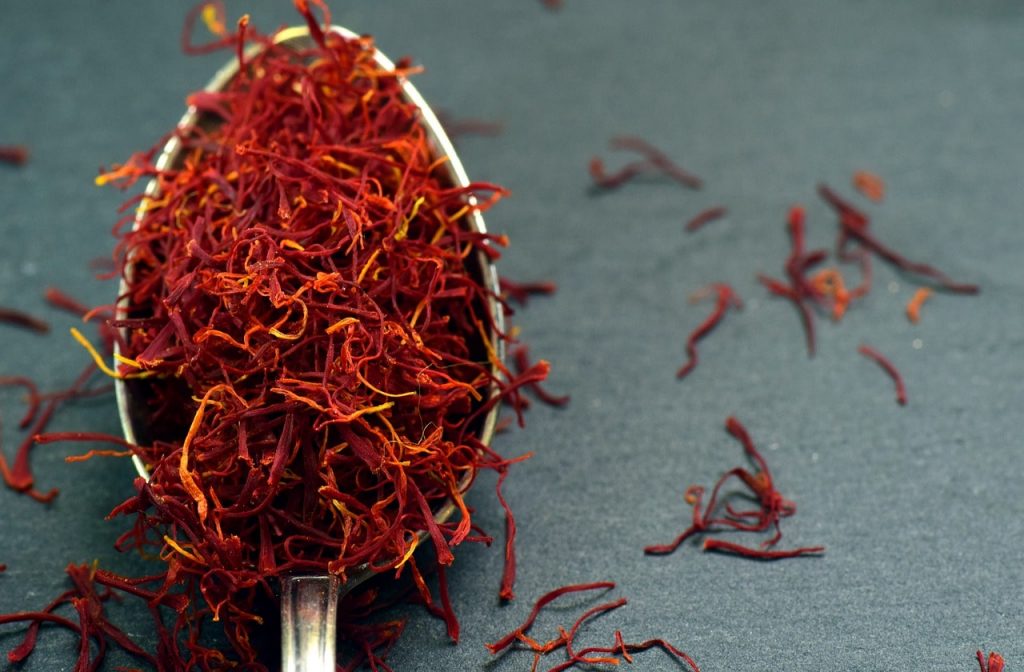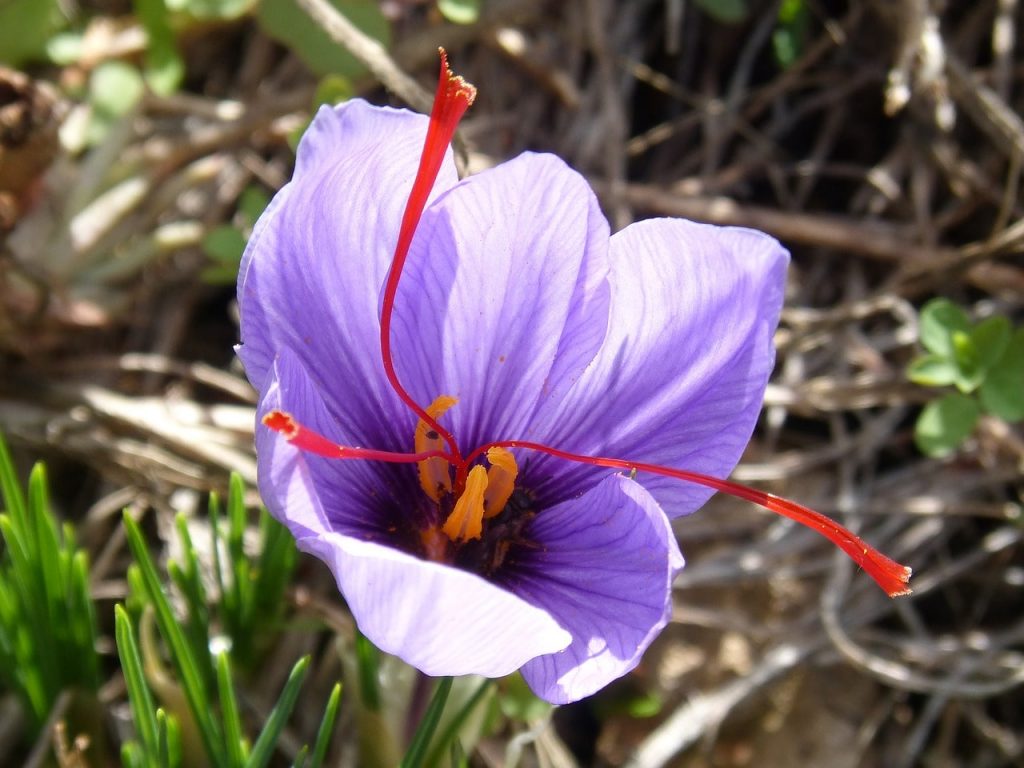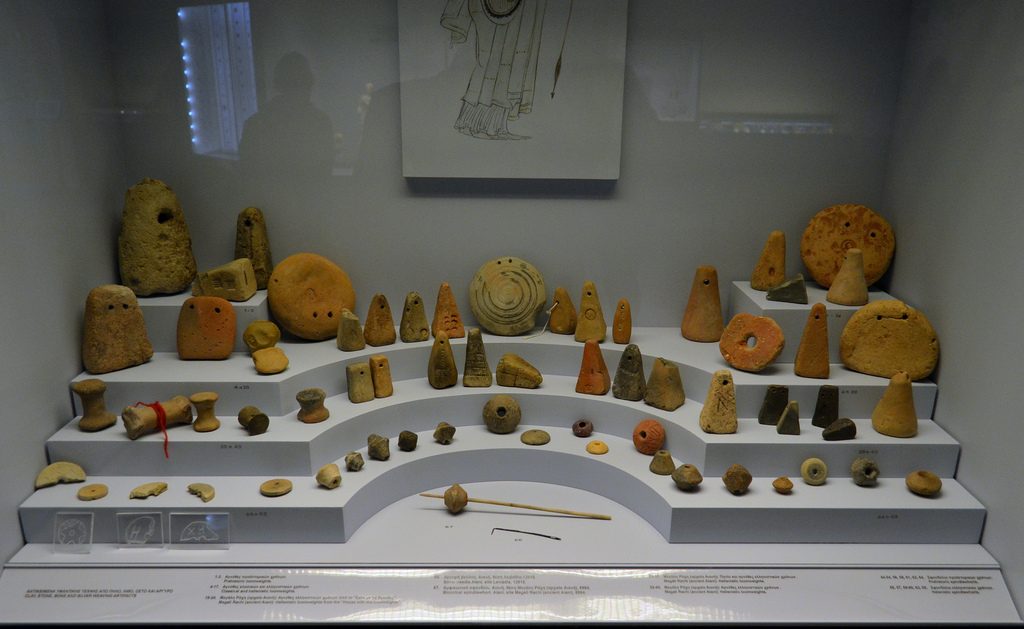The saffron of Kozani counts among the highest quality saffrons of the world. But here, it’s not called saffron, but rather “crocus”- for the flower that produces it. And the crocus, in turn, is named for the mortal Crocus, who in Greek Mythology was turned into a flower by the gods- either by Hermes who was devastated at accidentally killing him in a game of discus, or by the gods who mercifully transformed him into the flower to save him from the despair of his unhappy love affair with the nymph Smilax.
Kozani’s Fragrant Treasure: The Saffron of Kozani
What makes saffron so special
Given saffron’s famously aphrodisiac properties, the second mythological explanation fits best. We can see from the lore that saffron is no ordinary seasoning. It is greatly prized in cuisines throughout the world- for its luxurious color, its delicate aroma, and for its real and imagined properties. It is thought to have medicinal as well as culinary applications.
Why is it so precious?
Adding to its allure is the fact that it is also really, really expensive. This enormously labor intensive spice is the aromatic, crimson stigma of the crocus sativas flower. Each flower has but three.
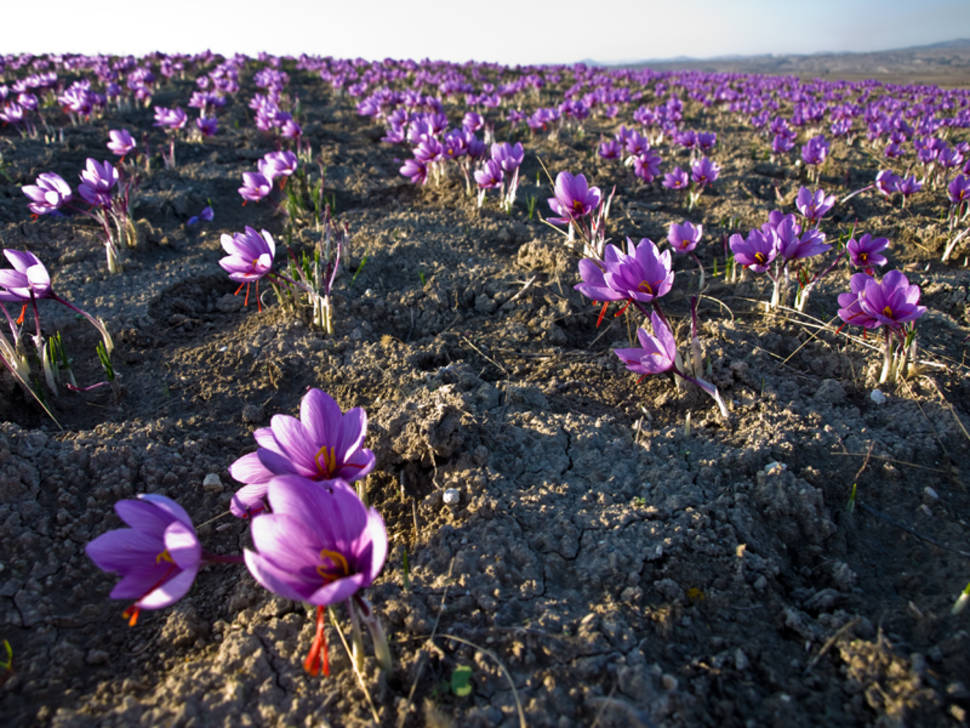
This means that an astonishing 100,000 to 150,000 blossoms must be harvested to yield a single kilo of quality saffron. Fortunately, just a whisper of it is all that is needed for it to work its magic.
The saffron harvest
Saffron’s beauty starts in the field. The region of Kozani, in northern Greece, is abloom with acres upon acres of its exquisite purple blossoms. Across the villages of the Kozani region, such as Krokos, Karyditsa, Agia Paraskevi, Ano Komi, Kato Komi, Pefkopigi, and Petrana, approximately 3,000 acres of crocus are cultivated. This yields 1,200 to 2,000 kilos of saffron yearly.
In October, the purple blooms are collected. This is much too delicate a procedure to be trusted to machinery. Skilled hands gather the flowers- usually those of local women, who gather the blossoms into their aprons or in baskets.
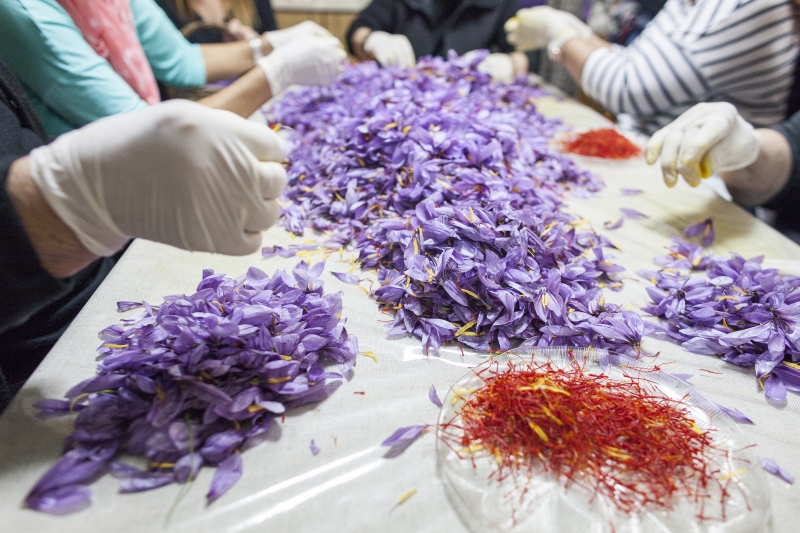
The flowers bloom briefly- the work must be carried out delicately, but quickly. It is enormously labor intensive, taking about 40 hours to gather about 150,000 flowers. Each of these flowers will yield but 7 grams of dried saffron.
Kozani and Siatista: The wonders beyond the saffron harvest
The town of Kozani itself and the neighboring town of Siatista are known for the rustic traditional mansions built in the 18th century, an era of prosperity for merchants and owners of small factories.
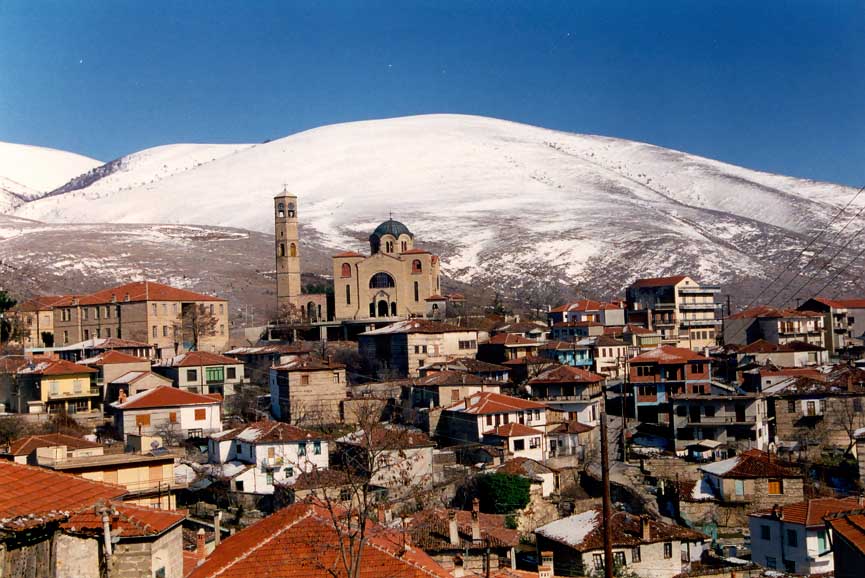
These mansions have a characteristic style that reflects the way of life of the Ottoman era. There would be a large courtyard. The ground floor had an “aniliako”- a room for enjoying the sunshine in the winter months, and a “kafe-ondas” and “Mousafir-ondas” for welcoming guests. The stone walls, and cantilevering covered balconies, and the wooden trim define this distinctive traditional style. In Kozani, the Vourkas mansion is a particularly lovely example of the classic type. Kozani’s history of wealth has gone to excellent purpose- the Kovadareios library- the work of over four centuries- contains rare and beautiful volumes, and is Greece’s second richest library.
Millenia of History
Neighboring Servia has an even older heritage. Byzantine Emperor Herakleios built a fortress and town here in the 7th century, which grew into an important settlement over the next two centuries. The Byzantine ruins are splendid.
For more history, visit Aiane. This ancient city was the capital of Elimiotis, a kingdom that later merged with the kingdom of Macedonia. Findings from the site date to the 6th c BC, and can be seen in the Archaeological Museum of Aiane. At the site, there are the ruins of a Classical Agora with a Stoa, and Hellenistic houses.
Natural Drama
Apart from the crocus fields, there are other natural attractions of the region. It took 70,000 years to create Macedonia’s own “Grand Canyon”-find it in the Potamis ravine, on the way to Mikrovaltos. The Kozani region also has a magnificent artificial lake Polyfitou.
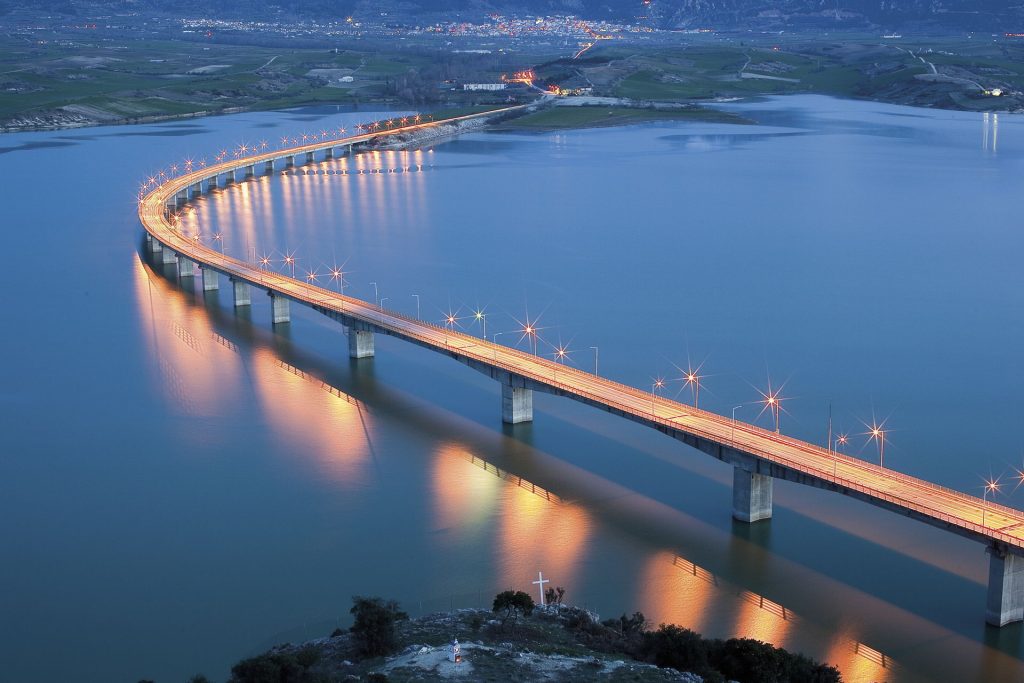
The long narrow lake is crossed by a dramatic causeway, called alternately the Polyfitos bridge or the Servia bridge, found as it is en route from Kozani to Servia. The bridge- nearly a causeway- at 1,372 meters one of Greece’s longest- makes for a dramatic and beautiful drive.
Did you know that Greece is known for its saffron? Have you ever explored the beauty of Macedonia?

